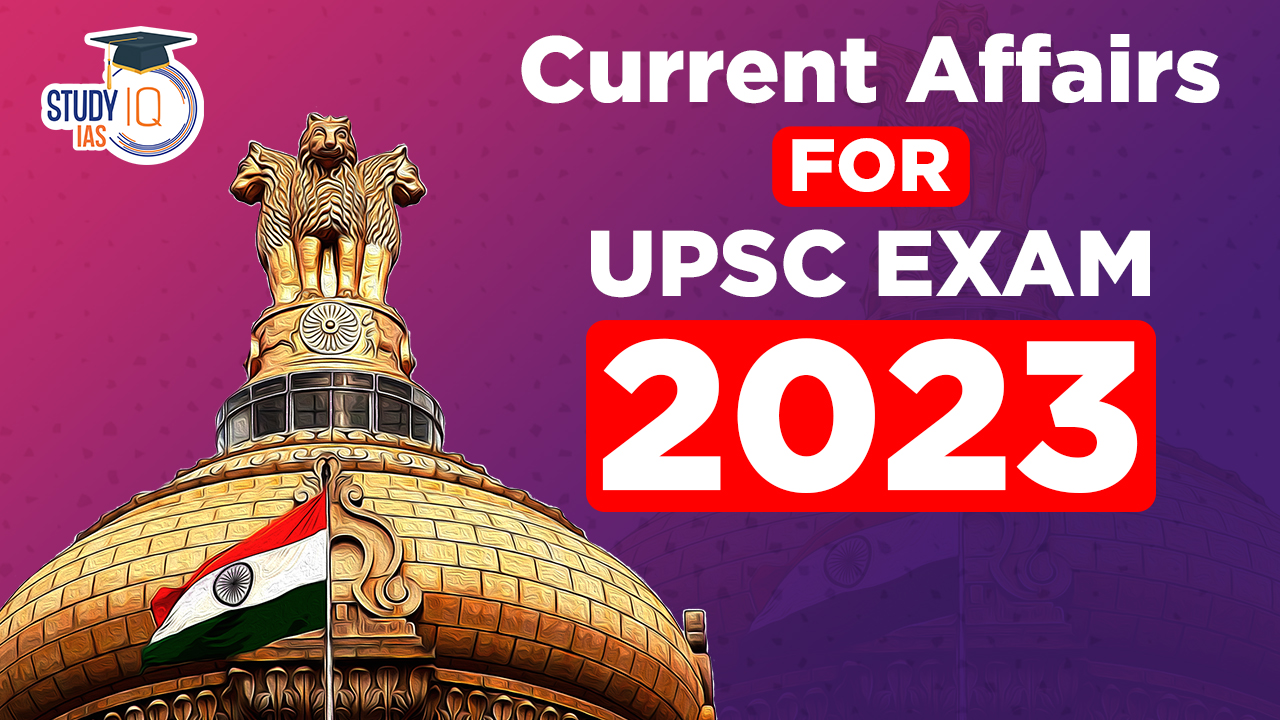Table of Contents
Barracuda
Context: India’s fastest solar-electric boat named Barracuda has been launched at the Navgathi Panavally Yard in Alappuzha, Kerala.
About Barracuda
- India’s fastest solar-electric boat, named Barracuda after a fast and elongated fish, is a collaborative creation by Navalt Solar and Electric Boats and Mazagon Dock Shipbuilders Ltd.
- This innovative vessel, known as Saur Sakthi, is set to operate from Mazagon Dock in Mumbai.
- It boasts impressive features including a maximum speed of 12 knots and a continuous operation capacity of 7 hours on a single charge.
- Equipped with dual 50 kW electric motors, a robust marine-grade LFP battery, and a 6 kW solar power system, Barracuda stands out as an environmentally friendly option.
- It offers a silent, vibration-free experience and has the capacity to carry up to 12 passengers along with cargo.
We’re now on WhatsApp. Click to Join
ENACT Partnership
Context: The ENACT (Enhancing Nature-based Solutions for an Accelerated Climate Transformation) Partnership has welcomed six new countries and UNEP into its collaboration at COP 28.
About ENACT Partnership
- Initiative Launch: ENACT, short for Enhancing Nature-based Solutions for an Accelerated Climate Transformation, was jointly initiated by Germany and Egypt, in collaboration with the International Union for Conservation of Nature.
- Launched by: Germany and Egypt, along with the International Union for Conservation of Nature (IUCN) launched it in the COP27 Conference (2022), held in Sharm el-Sheikh, Egypt.
- Participating Nations:
- Founding members: Canada, European Union, Spain, Malawi, Norway, South Korea, Japan and Slovenia.
- New partners: France, U.S.A. ,Belgium, Netherlands, Switzerland, Pakistan, and the UN Environment Programme (UNEP) have joined during the COP28
- Objective: The primary goal of ENACT is to synergize global actions to effectively address issues such as climate change, degradation of land and ecosystems, and biodiversity loss, utilising Nature-based Solutions.
- Key Aims:
- To enhance the climate resilience and protection of at least 1 billion people who are vulnerable to climate change impacts.
- To safeguard and maintain the health of up to 2.4 billion hectares of natural and sustainable ecosystems, contributing to global climate mitigation efforts by preserving and restoring carbon-rich environments.
- Secretariat: The secretariat for the ENACT initiative is managed by the International Union for Conservation of Nature (IUCN).
Diel Vertical Migration
Context: Diel Vertical Migration (DVM) has been recently in the news due to its role in carbon sequestration.
About Diel Vertical Migration
- Diel Vertical Migration (DVM), a synchronised movement observed in deep-sea marine animals, particularly zooplankton, where they swim up to the ocean’s surface at night and return to deeper waters during the day.
- Organisms residing in the deep sea, especially within the mesopelagic zone (200-1,000 metres depth), ascend to the epipelagic zone (the uppermost layer extending up to 200 metres from the surface) at dusk.
- This movement is primarily motivated by the pursuit of food.
Significance
- Feeding and Predator Evasion: The nocturnal ascent of these marine creatures facilitates their feeding on surface phytoplankton while simultaneously avoiding predators that are active during the day.
- Greatest Biomass Movement: DVM is recognized as the largest biomass movement on a daily basis globally, witnessed in all the world’s oceans.
- Role in Carbon Sequestration: This migration plays a pivotal role in carbon sequestration.
- Mesopelagic organisms consume surface plankton, thereby absorbing carbon from the ocean’s upper layers.
- This carbon is then transported to deeper waters during their descent.
- If these creatures are consumed by predators, the carbon is transferred, eventually ending up as carbon-rich waste.
- This waste sinks to the ocean floor, effectively trapping the carbon for extended periods, often spanning thousands of years.
Product Linked Incentive
Context: The new industrial policy, under development for two years and drafted last December, is sidelined as the government focuses on the production-linked incentive (PLI) scheme.
About PLI Scheme
The Product Linked Incentive (PLI) is a government initiative to boost domestic manufacturing in specific sectors by offering financial rewards to companies based on their incremental sales.
- Objective and Scale: Launched in March 2020, the PLI scheme targets enhancing India’s manufacturing capabilities and reducing dependence on imports.
- The government announced the scheme across 14 key sectors.
- This initiative is expected to create around 60 lakh new jobs and achieve an additional production of 30 lakh crore over the next five years.
- Sectors Covered: Initially, the scheme focused on three industries – mobile manufacturing and electric components, pharmaceuticals, and medical device manufacturing.
- It expanded in November 2020 to include ten more sectors: Electronic/Technology Products, Pharmaceuticals, Telecom & Networking Products, Food Products, White Goods (ACs & LED), High-Efficiency Solar PV Modules, Automobiles & Auto Components, Advance Chemistry Cell (ACC) Battery, Textile Products, and Specialty Steel.
- Later, in September 2021, Drones and Drone Components were also added.
- Incentive Structure: The scheme offers financial incentives to boost domestic manufacturing of advanced technology products and attract investments in the automotive manufacturing value chain.
- The incentives are applicable for sales of products manufactured in India over a period of five consecutive years, starting from April 1, 2022.
- Sector-Wise Implementation: Different ministries are responsible for implementing the PLI scheme in their respective sectors.
- For example, the Ministry of Electronics and Information Technology manages the electronics and IT hardware sector, which includes mobile phones, specified electronic components, laptops, tablets, etc.
- The budget outlay for this sector is substantial, with INR 400 billion for electronics manufacturing and INR 73.25 billion for IT hardware.
- Impact on Food Processing and Other Sectors: In the food processing sector, the PLI scheme supports the manufacture of specific food product segments and helps in branding and marketing Indian food products internationally.
- Similarly, in the medical devices sector, the scheme targets various devices, including cancer care, radiology, imaging, and implants.
- The scheme is also significant in the speciality steel sector, focusing on five categories of speciality steel products.


 List of Military Exercises of India 2024...
List of Military Exercises of India 2024...
 India to Host First Global Conference on...
India to Host First Global Conference on...
 How Terror Networks Abuse Digital Tools
How Terror Networks Abuse Digital Tools





















